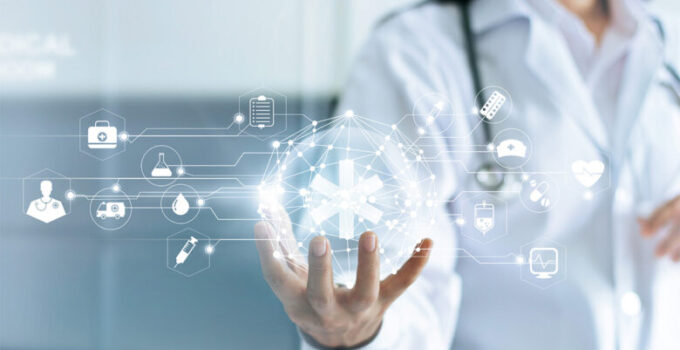The development of technology affects all industries, so medicine is no exception. Technological innovations in many ways help doctors in making diagnoses, but they are also of great importance for patients and their treatment. Just remember the last century, when doctors monitored women’s pregnancies by listening to the fetus with a funnel, and today, thanks to ultrasound and many other technologies, doctors can see the fetus as a whole, as well to detect if there are any abnormalities. This is just one example in a series that points us to the importance of developing technology for medicine.
Let’s take turns to see how medicine has embraced technological innovation.
1. Suction machines

Source: weinmann-emergency.com
These devices are very helpful in the winter, especially for those who have small children. Thanks to suction machines, all secretions and mucus fluids. It is very easy to use and works on the principle of vacuum cleaners. Thanks to modern technology, these devices can be used on the road because they have durable batteries, as well as the ability to charge in the car. On dearjane.com.au you can learn more about it.
2. Robots surgeons
Robotic surgeons are much more skillful than humans, especially in operations where great concentration and calm are required. Humanoid robots also play a big role as they perform the duties of nurses.
3. Inhalers
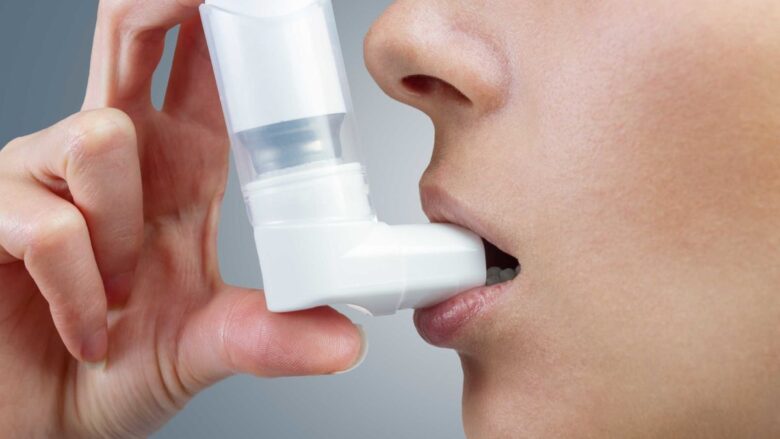
Source: edition.cnn.com
Colder weather brings viruses and colds. Mucus suction machines are very helpful, but what if the mucus reaches the airways and lungs so you need something to make it easier for you to breathe and help you cough? Then it’s time to consider an inhaler. Inhalers are very practical because they contain therapy that evaporates into your lungs and has a positive effect on bronchial diseases. And with this device, many young mothers have seen salvation because young children do not know how to spit secretions. Using an inhaler in time can also prevent pneumonia.
4. Respirators
Respirators are one of the most important medical devices because they allow patients to breathe properly. In certain pathological circumstances, when the patient is not able to perform this function on his own, the respirator takes over. Once upon a time, in the distant past, medical breathing apparatus did not have many functions and led to aspiration and skin diseases. However, with the establishment of modern mechanical ventilation, this problem has been solved, and modern respirators have been developed that save thousands of lives every day.
5. Electronic database
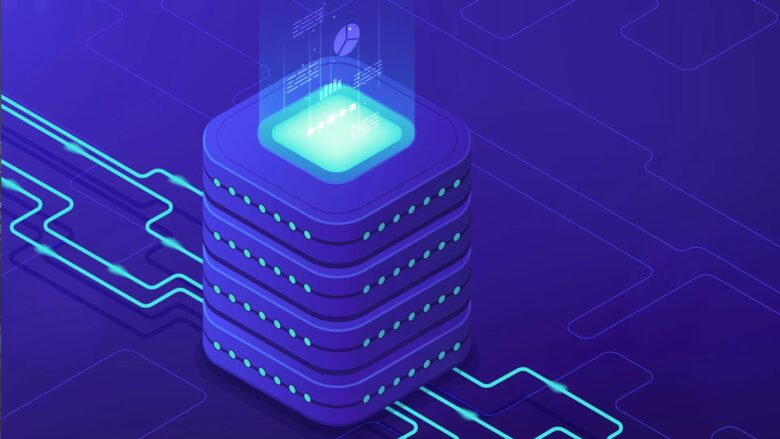
Source: svitla.com
There is no longer a need for an archive that will occupy the entire room, there is no need to wait until the nurse finds the patient’s data, it is enough to type in the keyword database and access the necessary data during work. Thus, modern technology saves both space and time.
6. Less medical errors with new technology
A large number of people still die due to misdiagnosis or because the disease is not detected in time. Today, there are also special bracelets that are intended for elderly patients, to control the correct dosage of the medicine. Also, constant internet access is a big advantage, as you can find out all about the contraindications in case you have lost the paper that comes with the medicine.
7. Telemedicine and medicine “at a distance”

Source: cnbc.com
Similar to the previous point, but here we are talking about patients who have already been prescribed treatment, and technology is helping them recover. The doctor will be able to do his job from the office, without the need to come to the patient’s home, thus saving time, money, and saving lives. There are already robots helping difficult-to-move patients in treatment. For example, iRobot’s RP-VITA can monitor dozens of patients at once and report any significant changes to doctors, so a quick response is ready.
8. 3D revolution
3D printers are a major innovation in the world of technology. Thanks to them, we can “print” various objects. When it comes to medicine and 3D technology, it is currently possible to print artificial limbs, pills, blood vessels, and bio tissues, and it is expected that the function of 3D printers will only expand in medicine and all its branches.
9. Medical tricorder
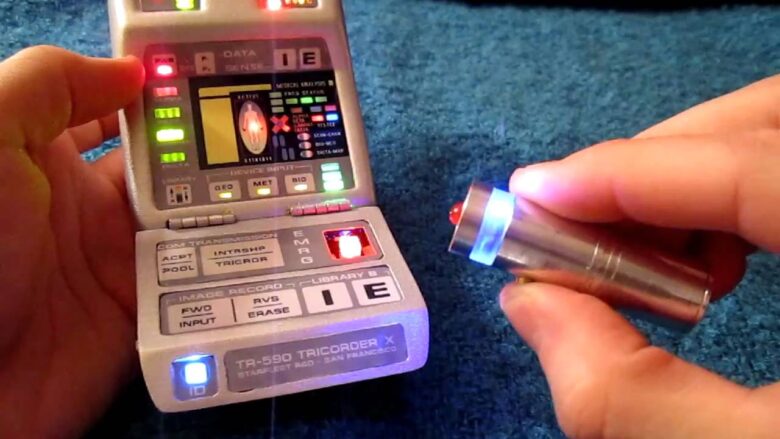
Source: euobserver.com
What we used to see only in science fiction movies is now almost available. Remember Star Trek and a tricorder device that could recognize and analyze every disease. Well, technology has not yet reached that level, although there are already devices that can measure heart rate, blood sugar, temperature, oxygen saturation, and more.
10. Virtual reality
Virtual reality is of great importance for the practice of surgeons and it has been proven that those who have used this technology are more than 230% accurate in their work. Although it still serves only the purpose of the exercise, in the future it could be expected that thanks to this technology, the doctor will operate from even another continent!
11. ATI Neurostimulator
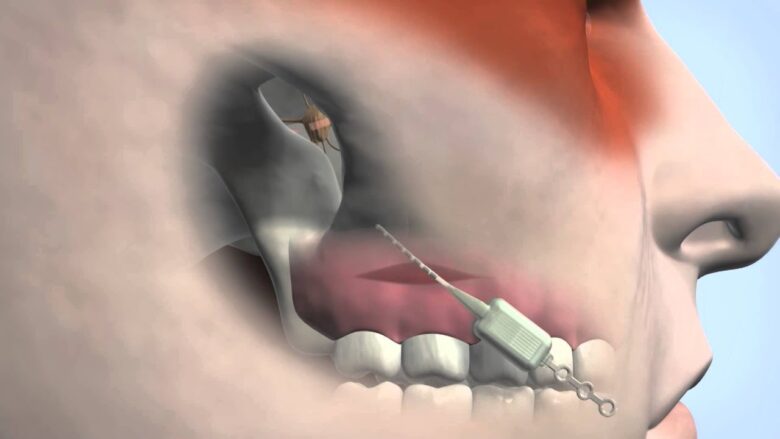
Source: newatlas.com
Another innovation in the world of medicine is the ATI Neurostimulator, a device that relieves headaches in patients. The stimulation of SPG has been shown to significantly reduce the frequency of cluster attacks. In addition to the term ATI Neurostimulator, you will often hear the term “electric aspirin” and its primary role is to prevent two aspirins from being taken before the day even begins.
These are just some of the ways technology affects medicine. What is important to say is that with the advancement of technology, medical workers increase the chance of healing patients, as well as providing a greater possibility of cure thanks to various medical devices. Unfortunately, this also means something else – a higher cost of providing health services.
The principle of operation of medical devices is based on artificial intelligence that manages a large database and acts as a perfect human assistant because it greatly reduces the possibility of human error, and also provides an opinion. Although these devices are very expensive to purchase, they provide great financial savings over a long period. Of course, it can also cause costs if handled improperly.
Although new eras are finding innovations, there are still a large number of those who believe that artificial intelligence will never reach the human level, and there is a fear that technology will completely replace man, or that he will take over his role in business. Whether there are grounds for such thinking, we will find out in the future.

